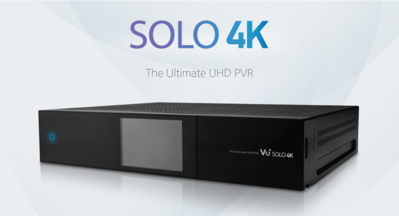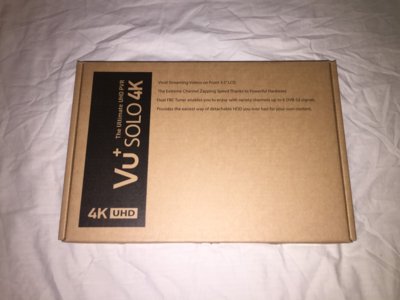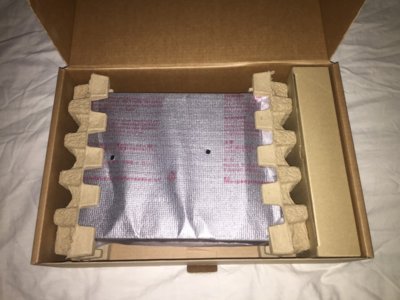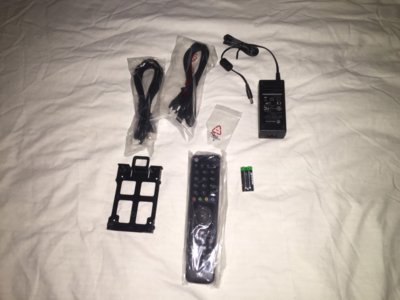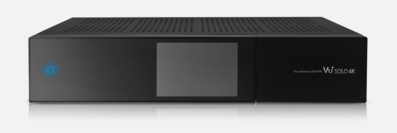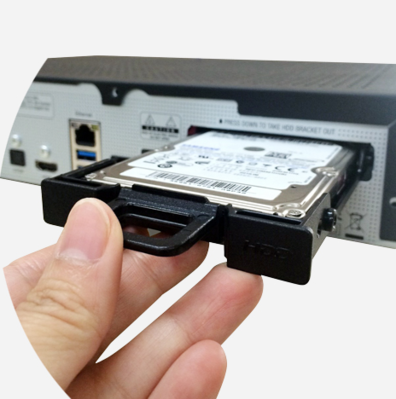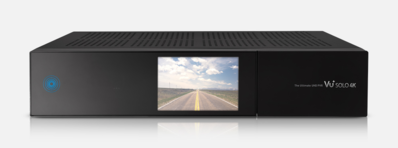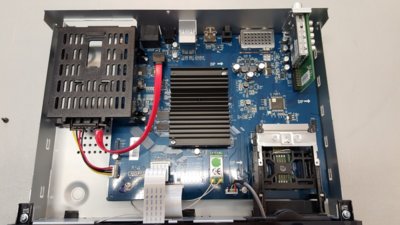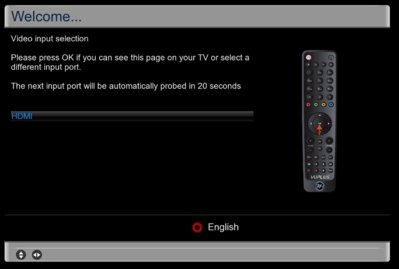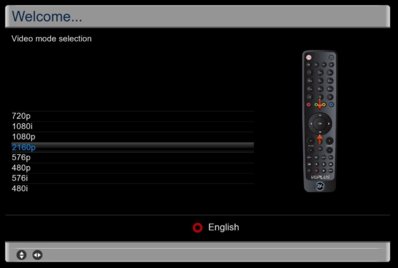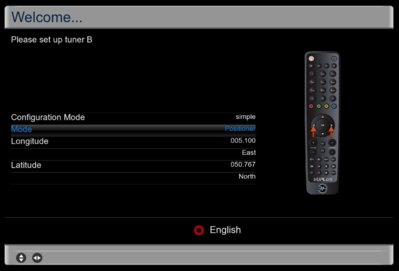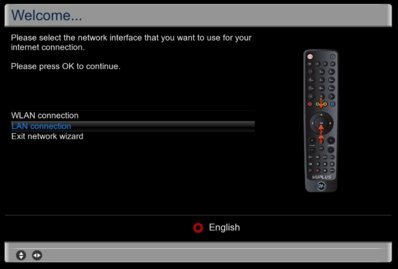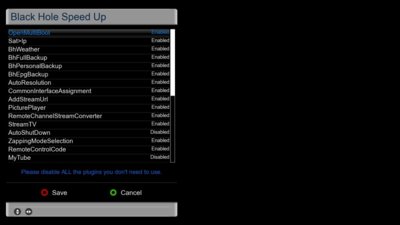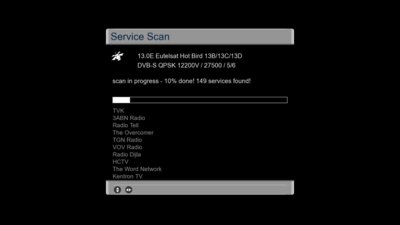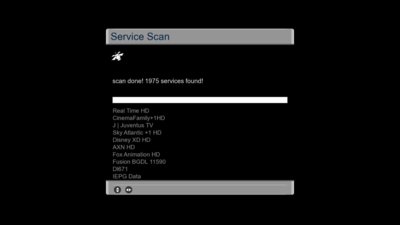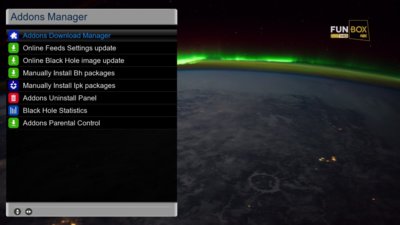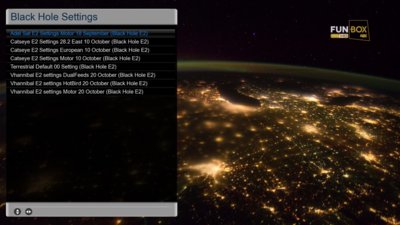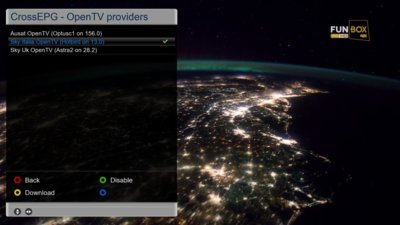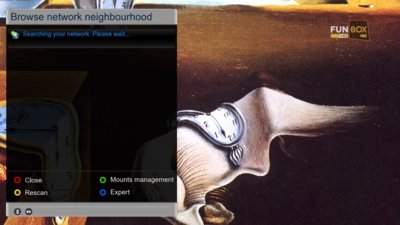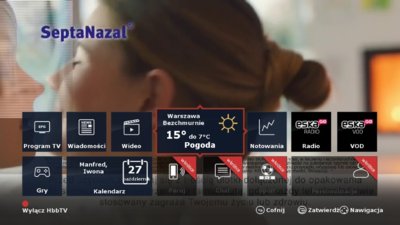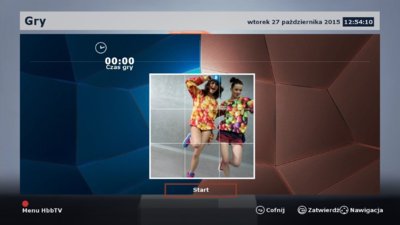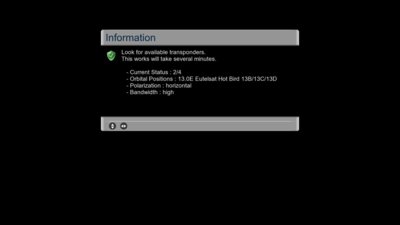Ev0
Admin
Since Vu+ announced the Solo 4K at the Anga Cable and Satellite fair earlier this year, there has been a lot of questions about this receiver.
Well now it’s here.
So is it any good, do you need a 4K Ultra HD receiver? Let’s take a look and you can decide.
Hardware:
- Powerful Dual Core 1.5Ghz cpu 10,000 DMIPS ARM V7 cpu
- 1 x HDMI 2.0 (HDR Compatible)
- Ultra HD 2160p Output
- 2 x Fixed Dual FBC Satellite Tuners
- 1 x Twin DVB- S2 or C/T/T2 Pluggable Tuner (optional)
- 4GB eMMC Flash
- 2GB DRAM
- 3.5” TFT LCD Display (262,000 Colour/18bit)
- Detachable 2.5” Hard drive
- Dolby Digital Plus & DTS Supported
- 2 x Smartcard-Reader (Xcrypt)
- 1x Common Interface Slot
- 2 x USB 3.0 Port and 1 x USB 2.0 Ports
- Gigabit Ethernet Port
- Built in Wi-Fi
- S/PDIF audio output optical (digital)
- HD PIP (Picture in Picture)
- Blindscan
- DiSEqC 1.0/1.1/1.2, USALS
- External 12V power supply
- Power Switch
- Fanless Silent Operation
- Advanced Linux Operating System
- Media Player
- Downloadable Plug-Ins supported
- HbbTv
- Transcoding
- EPG supported
- Unlimited channel lists for TV / Radio
- Automatic & Manual Service Scan Supported
- Multiple LNB control (DiSEqC) supported
- OSD in many languages
- Skin change supported
Inside the box:
I am testing a pre-production model here, therefore the box that mine arrived in may well be different from the final retail models.
On opening the box up, you find the following inside:
- Vu+ Solo 4K Satellite Receiver
- Remote Control (the same popular Universal type that is supplied with other models in the Vu+ range
- 2x AAA Battery’s
- Hdmi High Speed cable
- Detachable hard drive tray and 4 Screws for attaching a 2.5” hdd
- Power Supply unit
- Mains Power cable
Appearance:
The Solo 4K is chunky box (the dimensions are (W x D x H): 310 mm x 240 mm x 65 mm). The front panel is basic with only a blue Led glowing on the left, the 3.5” TFT 18bit colour display in the centre and then the power button, the USB 2.0 connection and the 2 card slots and 1 common interface slot is hidden behind the flap on the right.
At the rear we find the connections available on the Solo 4K:
- 2x Fixed FBC (Full Band Capture) Satellite Tuners
- 1x Pluggable tuner slot (Twin DVB-S2, DVB-C / T, DVB-C/T/T2 compatible)
- 2 x USB 3.0 ports
- Gigabit Ethernet port
- S/PDIF audio output optical (digital)
- 1 x HDMI 2.0 (HDR Compatible)
- RS232 port
- Detachable hard drive
- External 12V power supply connector
- Power switch
Inside the Solo 4K:
Looking inside the Solo 4K,, at the rear right, is the pluggable tuner slot, (this will work with the single or twin DVB-S/S2 tuner or the single or twin DVB-C/T/T2 tuners) and just to the left of that is the Fixed Dual FBC tuners, the large black heatsink you can see covers the Broadcom BCM 7376 1.5 GHz dual core 10,000 DMIPS ARM v7 cpu,, then at the front on the right is the block that houses the card readers and CI slot. The internal hdd in the Solo 4K is fitted from the rear of the box, and slots in on the rear left in the picture and the Wi-Fi dongle is fitted in the centre at the front.
Getting started:
I connected my Solo 4K up to my motorised dish. I also connected up the HDMI cable to my TV, connected an Ethernet cable from my router (the Solo 4K also has built in Wi-Fi but I chose to use a wired connection), and then I connected the power lead.
With all the connections done, I flicked the switch on the rear and powered on the box for the first time.
First Power up and Flashing:
Before I did anything else, I let the receiver boot up, to make sure it was all working ok. Once booted and I was happy, I then proceeded to shut down the Solo 4K, pulled out my favourite usb stick, and loaded on the Black Hole 3.0 image for the Vu+ Solo 4K.
If this is your first Vu+ receiver, you will be pleased to know, that installing an image onto any of the Vu+ receivers is a very simple process. Simply grab a usb stick, format it in fat32 with your pc, download the BlackHole image from www.vuplus-commuinity.net (other images are available from different teams) and extract the zip file contents to the root of your newly formatted Usb stick. Once this is done, plug the usb stick into the usb 2.0 port behind the card flap and then power the box on at the rear, the front panel will tell you to press the power button (which is located next to the usb stick behind the card flap), once you press the power button your box will update (please make sure there are no usb devices connected to the rear ports).
The Solo 4K will do the rest and once flashing is complete it will tell you it is rebooting. At this point you can remove the Usb stick.
It’s a very quick and simple process and it doesn’t take long to reflash.
On first boot after flashing, you will be greeted with the setup wizard, just follow the simple onscreen instructions to setup your new Solo 4K.
Time to Play:
So first of all I decided to do a channel scan, which didn’t take very long at all, I scanned just shy of 2000 services on 13°E in under 10 minutes.
If you would rather not wait, you can grab a channel list from the BH addons server, or choose one of the many available on the internet.
With the channel scan done, I then added the EPG, I personally used CrossEPG
The Solo 4K from a cold boot gives me a picture on my screen less than 38 seconds (time will vary depending on how many plugins, skins, plugins etc are installed) and an enigma2 restart takes only 15 seconds.
As already said there is room for an internal 2.5” hdd in the Solo 4K, however you can also use a network hdd if you have a NAS setup, using the Network & Mount points feature in most images.
So far we have only tried a few of the features that are available, the Solo 4K is a Smart Box, which means you can install plugins on it, stream IPTV channels, and it also supports HbbTV, and it also has that great 3.5” 18bit colour TFT screen on the front panel.
Ultra HD:
The Solo 4K will output tv pictures at many different resolutions, so you do not need to have an Ultra HD tv to use this receiver, in-fact viewing 4K UHD channels on a 1080p tv makes you wonder if you even need a 4K tv as the picture is bright and clear even when downscaled. However if you do have a 4K tv then you can set the Solo 4K to output at 2160p and this will do all the upscaling for you, obviously SD content does not look as good as HD and UHD, but it doesn’t do a bad job of the upscaling (probably a lot better than some of the cheaper 4K tv’s can manage on their own).
Fixed Dual FBC Tuners:
But before we look at that, let’s look at the Dual Fixed FBC tuners. FBC stands for Full Band Capture. This new FBC tuner, will allow you to tune into 4 different frequencies per tuner, which means that you effectively have 8 tuners inside your Solo 4K and if you have the optional twin pluggable tuner installed too, this gives you a total of 10 tuners.
To get the maximum from the Dual FBC tuners you will need to use a Unicable LNB, this means you can choose to view / record 4 different frequencies per tuner, however using a conventional lnb as found on most current satellite dishes around the world, it is still possible to tune to 8 different tv channels, but there are some limitations to which frequency’s you can tune at the same time.
LCD Display:
The LCD display on the front is 3.5” and gives an 18bit, 262000 colour picture, you can use this to view the time, station name / number, current program information etc, however you can also use is as a 2nd screen, and watch tv on the LCD in real time.
Detachable Hard Drive:
This is a nice little feature that Vu+ have come up with, you can simply and quickly remove the 2.5” sata hdd, handy if you want to copy large files from your computer to your Solo 4K or vice-versa.
HbbTV:
The Solo 4K also supports HbbTV, just tune to a channel that provides the service (Vox Music on Hotbird 13°E for example) and press the red button, the Solo 4K will then use your internet connection to connect to Vox Music’s on-demand services.
Blindscan:
Another great feature of the Solo 4K, is the Blindscan function, this is more for enthusiasts and advanced users that like to scan the skies for all the channels they can find. The Blindscan plugin will ask you to select which satellite you want to Blindscan, and then the receiver will do the rest. It’s a great feature especially when looking for feeds, or scanning those satellites where channels move around frequently (this feature requires a driver update to get it working at time of writing this review).
Conclusion:
The Solo 4K is the first aftermarket 4K Ultra HD set top box on the market, therefore it is not difficult for it to claim “The Ultimate UHD PVR”. However it does more than just claim that title, it produces stunning UHD pictures, great HD pictures and even the up scaled SD picture is a lot better than some tv’s can manage on their own.
The box has plenty of processing power, which gives fast boot-up and restart times, fast channel zapping and most importantly, it’s stable.
If I were to criticize the Solo 4K for anything, it would be its looks, it’s a little more “boxy” than we have become used to from Vu+ and the TFT 18bit colour display looks great, especially when you use it as the mini tv, but in reality I found it a little distracting, maybe if it were possible to watch a different channel on the display to that of what’s on the tv, then it would make more sense to me, but it’s a personal thing and hardly a deal breaker.
Should you buy a Solo 4K ? Well only you can decide that, if you already have a 4K UHD tv, then you probably want to make the most of your tv, and the Solo 4K can certainly help with that.
If you don’t have a 4K tv yet, but are looking for a new Satellite Receiver, then the Solo 4K should not be overlooked, it will give you those UHD broadcasts and downscale them so that you can watch them on your current tv, and this is something it does very well, the Astra and Hotbird UHD demo’s look stunning even on a 1080p tv set.
And don’t forget about the flexibility those 2 Fixed FBC tuners give you, 8 different transponders with only 2 feeds from the lnb, you should never miss a tv show ever again.
Review written by Ev0, BlackHole Team.

